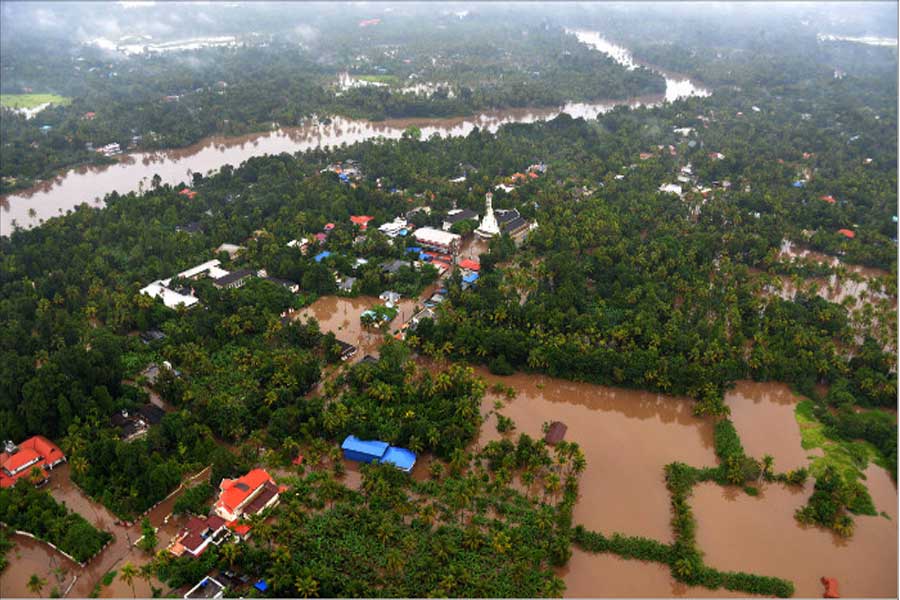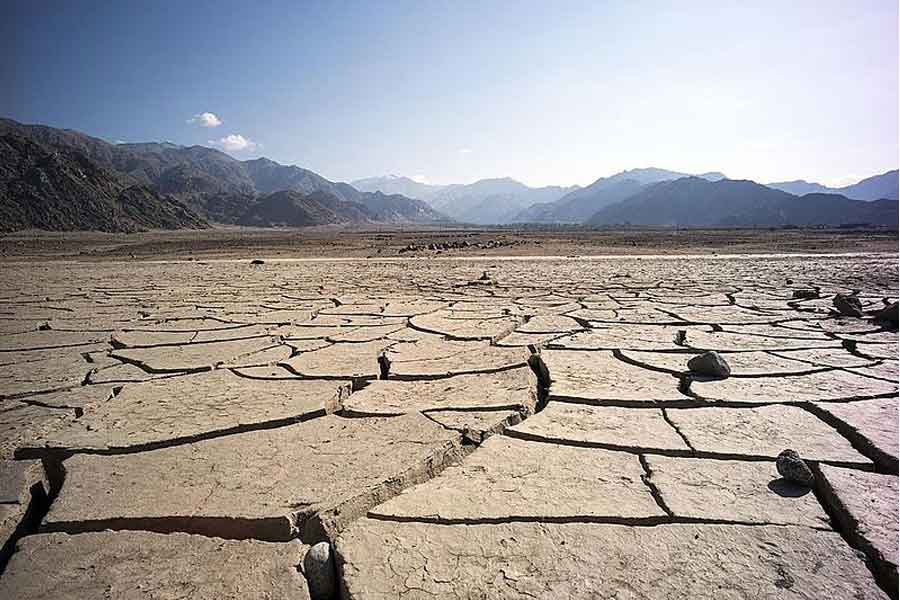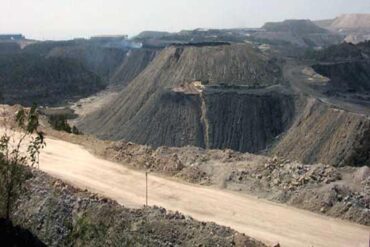“When the last tree is cut, the last fish is caught, and the last river is polluted; when to breathe the air is sickening, you will realize, too late, that wealth is not in bank accounts and that you can’t eat money.”—Alanis Obomsawin
The current climate crisis across the globe, poses the greatest threat to human existence. A recent paper published by climate experts at the National Centre for Climate Restoration, Australia, claims there are very high chances that the human civilization would collapse by 2050, if serious steps are not taken by governments and people, to curtail the rising temperatures. Even as the coastal states of India face the wrath of cyclones and high-speed winds, the interiors see the reverse of unquenchable water crisis.
The effects of climate change are particularly fatal in developing nations because of its high population density and ill-preparedness for such calamities. Mumbai, the commercial capital of India, has seen its worst rainfall in the past decade this year, killing at least 32 due to inundation since July 1 and thousands being forced to evacuate.
Though very heavy rainfall due to climate change had caused a rise in sea level leading to flooding, it is also a fact that the city has been unable to absorb much of its rainwaters due to the unbridled construction boom and destruction of its precious mangroves. The government of Maharashtra coincidentally had announced that at least 54,000 mangroves spread across 13.36 hectares in Maharashtra will be razed for the Mumbai- Ahmedabad bullet train project. It remains to be seen if the deluge will have any effect at all on public opinion regarding the project and the destruction of mangroves.

And last August, the deluge in the state of Kerala due to an unusually heavy rainfall that took nearly 1000 lives, was a wakeup call for the state and the rest of the country about the human and economic costs that global warming and climate change would entail. About a million people were evacuated from around 20 provinces and all 14 districts were placed on red alert. The economic and human costs were incalculable.
The deluge, it was opined by experts, was due to the impact of climate change and mismanagement of dams. Ironically, a week after the flash floods, the state had experienced severe drought. A B Anita, Executive Director, Center for Water Resource Development Management, cited ecological destruction caused by harmful commercial activities like deforestation and sand mining contributed to the top soil run off during the floods—resulting in the drought as the soil could no longer retain the water from rainfall. This she said exacerbated the impact of climate change at a macro level.
In the North East, repeated flash floods in Assam and Meghalaya for the past couple of years has been attributed to the flooding of the Brahmaputra river due to the more-than-usual, heavy rainfall. Deforestation in the Brahmaputra watershed has resulted in increased siltation, flash floods and soil erosion. The Assam State Disaster Management Authority said that a total of 26,000 people were affected in the current wave of floods. The locals blame the water resource department for its negligence.
As floods and cyclones ravage one part of the country, the Global Drought Observatory reports that the Indian peninsula is suffering from one of the worst drought situations ever. States of Karnataka, Maharashtra, Tamil Nadu, Andhra Pradesh and other parts of central India are also affected—which is to say more than 44 per cent of the country is water deprived.

Chennai in particular has earned the tag of the disaster capital of the world with floods, cyclone drought in succession. Unbridled construction frenzy without a thought for water management or harvesting has resulted in the current state of affairs. Its water bodies, water tanks, marshlands have been systematically destroyed for construction and other commercial purposes. Urbanization has caused the city to lose its wetland and water bodies. Commercial water suppliers are further depleting water resources from surrounding villages to supply water to the city thus putting the villager’s lives at stake.
Effects of climate change along with commercial avarice and political apathy is pushing India towards an apocalyptic water crisis. Dr Aditi Mukherjee, a water researcher and part of the Assessment Report team of Intergovernmental Panel on Climate Change (IPCC) and Integrated Centre for Integrated Mountain Development (ICIMOD) reports in the “The Hindu Kush Himalaya Assessment” that even if global action on climate change is able to limit global warming to 1.5 degrees centigrade, it will still lead to a loss of 36 per cent of the Hindu Kush glacier by the year 2100. And if the current rate of global warming continues, then 64 per cent of it will be lost. If that happens, more than 1 billion people living in various countries along the Hindu Kush, including India, who are dependent on its rivers and lakes for their livelihood, are at the risk of exposure to increasing frequency and intensity of natural hazards.
Meanwhile, the World Water Federation lists Chennai as No.1 and Kolkata at No.2 amongst the list of cities at risk of drought & scarcity on a global scale. The NITI Aayog report warned that 21 Indian cities, including the megacities, will run out of groundwater by 2020 and 40 per cent of the country will have no access to drinking water by 2030.
Despite repeated warning from environmental experts, our policy makers are still in deep slumber. Their idea of disaster management is to deal with whatever happens when it happens. While the country is facing its worst water crisis to date, our elected representatives are busy fighting other inconsequential issues. A picture of a largely absentee Rajya Sabha when the discussion was scheduled on June 26, 2019, shows how apathetic and ignorant our leaders are to the distress of nearly 600 million Indians facing extreme water stress.
Lack of erudite, responsible leaders and the inability to rope in environmental experts at national and state levels, to formulate, strategize and execute fool proof plans to cut carbon emissions as per the Paris agreement and water management policies are leading us towards an unprecedented environmental crisis we may not be able to recover from. Water wars are a clear and present danger. As citizens, we have the responsibility to demand that our leaders devise legible water policies and mitigate carbon emissions and actively participate in them.







